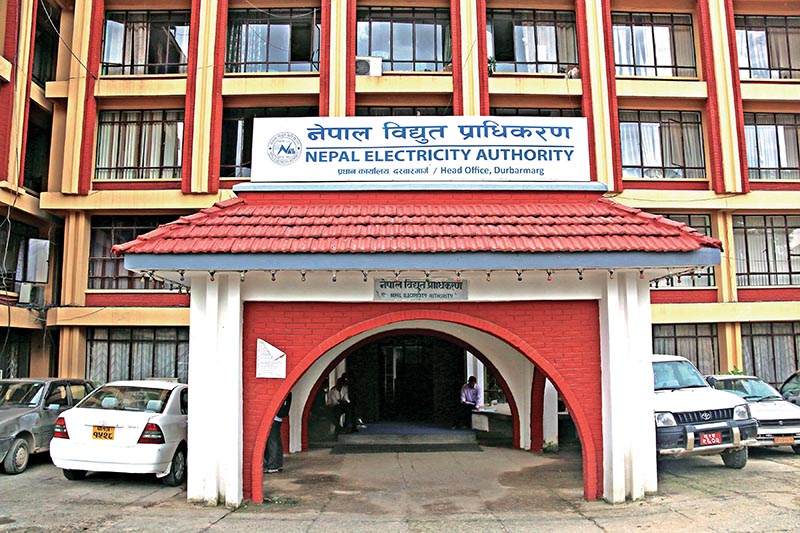82 per cent physical progress achieved in NEA projects amid COVID-19 pandemic
Power utility was able to fully electrify 11 districts in last fiscal
Kathmandu, August 3
Nepal Electricity Authority (NEA) was able to achieve 82.29 per cent physical progress in its projects related to power generation, transmission and distribution in the last fiscal year 2019-20 and also achieved financial progress of 81.23 per cent.
Of the Rs 58.04 billion allocated for projects run by government, foreign and NEA sources, Rs 47.14 billion has been spent.
Similarly, 92 per cent of the budget that was allotted for expansion, strengthening and upgradation of distribution lines to increase access to electricity and provide reliable and quality services to consumers was utilised and 100 per cent physical progress was achieved on this front.
Kul Man Ghising, managing director of NEA, said the overall financial and physical progress was encouraging even though the work of projects under construction was badly affected due to the COVID-19.
“Problems created due to procedural hurdles in forest land use, land acquisition, disruptions in transmission and distribution lines are common obstacles faced by all the projects,” he said.
After the government decided to resume construction works of projects even during the lockdown by adopting safety measures related to health, concerned officials, including Minister for Energy, Water Resources and Irrigation Barshaman Pun and Secretary
Dinesh Kumar Ghimire provided immense support to enable the projects to move forward even in such difficult circumstances, Ghising informed.
According to him, some projects have been completed and some have reached the final stage of construction. Ghising further stated that the financial and physical progress of the projects would have been higher if the coronavirus pandemic had not occurred as works of some projects have not been completed yet due to the impact of the contagion.
Out of the Rs 7.80 billion allocated for the construction of power projects in the last fiscal year, Rs 5.53 billion has been spent.
Expenditure and physical progress of generation projects was 70.82 per cent and 76.83 per cent, respectively.
The power generation side includes construction, maintenance and other works of hydropower projects.
Last year, 15 projects of the private sector were completed and 135 megawatts of electricity was added to the national transmission system.
Moreover, NEA is conducting a detailed study of 1,061- MW Upper Arun, 635-MW Dudhkoshi, Upper Modi A, Tamakoshi-5 hydropower projects, among others. Of the Rs 1.95 billion allocated for the study of hydropower projects, only 26.48 per cent has been spent. The physical progress of these projects stands at 33.39 per cent. Ghising said that the study of the projects was affected by the coronavirus.
Meanwhile, the 456-MW Upper Tamakoshi and 140- MW Tanahu hydropower projects are under construction through subsidiary companies of NEA. Construction of Upper Tamakoshi is targeted to be completed very soon.
Moreover, out of 77 districts across the country, 15 have been fully electrified till date.
In the last fiscal year, 11 districts were fully electrified. Earlier, only Parbat, Syangja, Kathmandu and Bhaktapur were fully electrified. NEA fully electrified Dhankuta, Sunsari, Siraha, Dhanusha, Mahottari, Bara, Parsa, Nuwakot, Kapilvastu, Gulmi and Bardiya in the last fiscal year 2019-20.
However, NEA had set a target of electrifying 40 districts in the last fiscal year but its target could not be achieved due to COVID-19.
The government has set a target of providing electricity service to every household by 2022 and increasing the annual per capita electricity consumption to 700 units.
Ghising said that every effort has been made to fulfil the government’s goal of providing electricity to every Nepali and to supply adequate, regular, reliable and quality electricity to all consumers.
A version of this article appears in e-paper on August 4, 2020, of The Himalayan Times.






